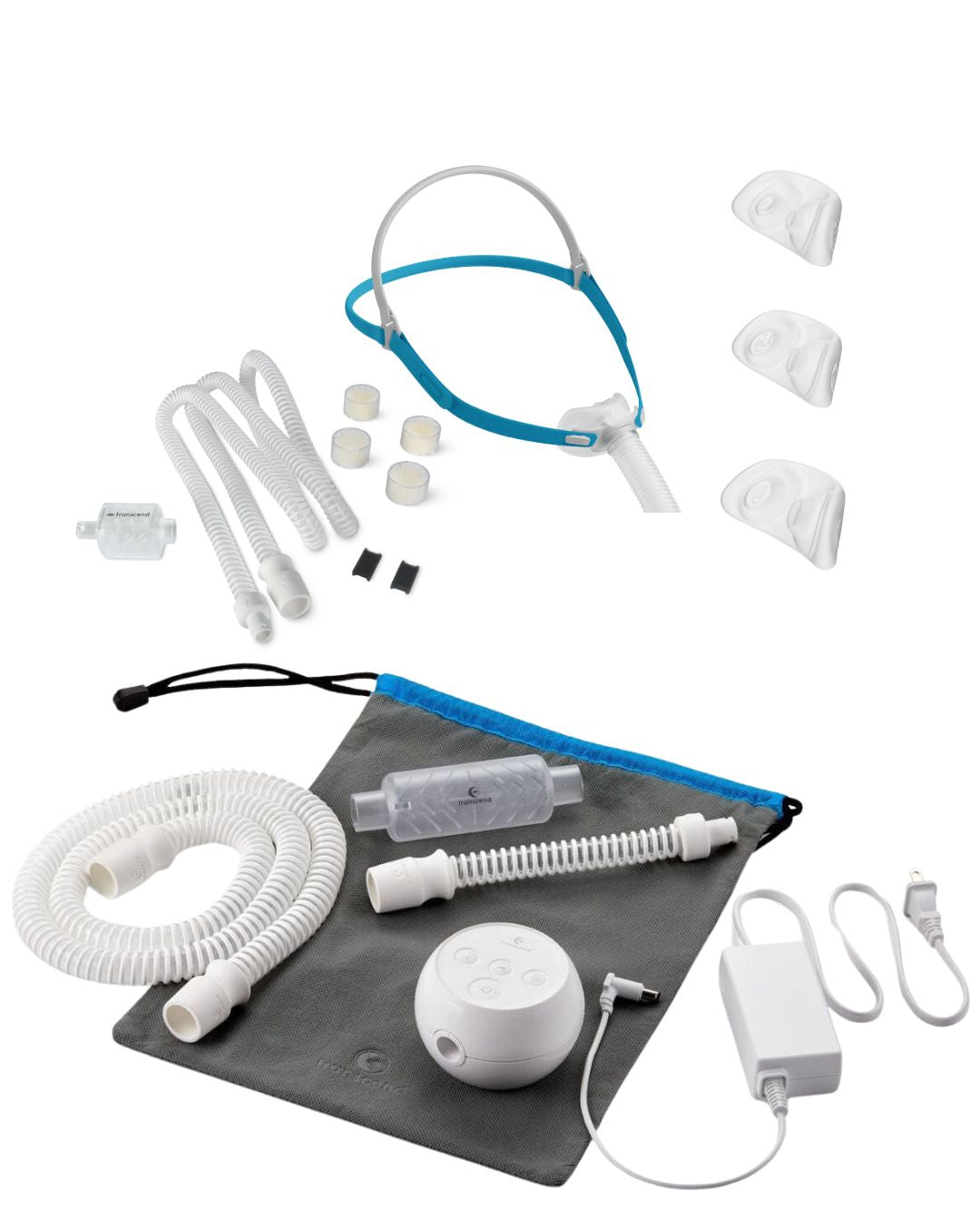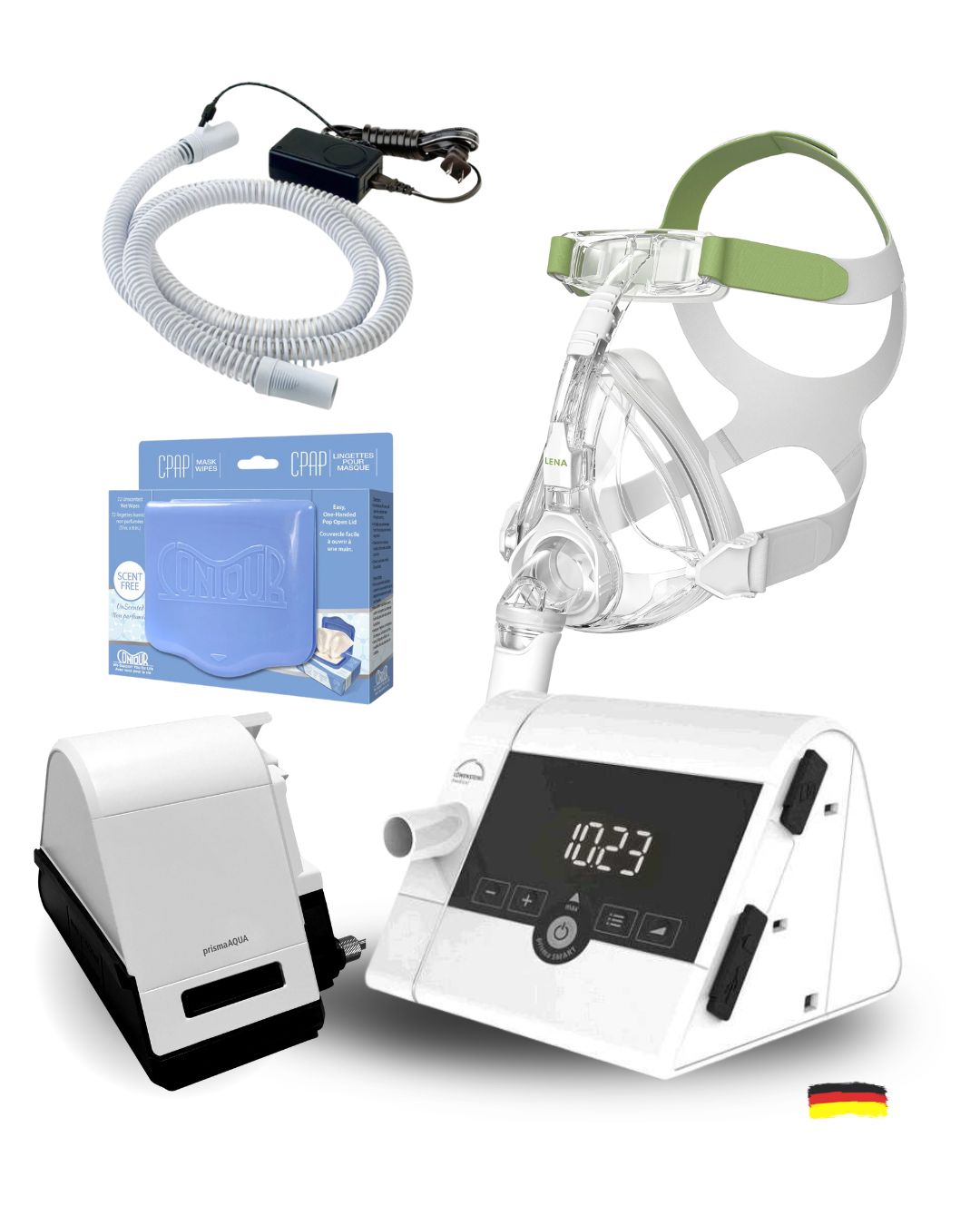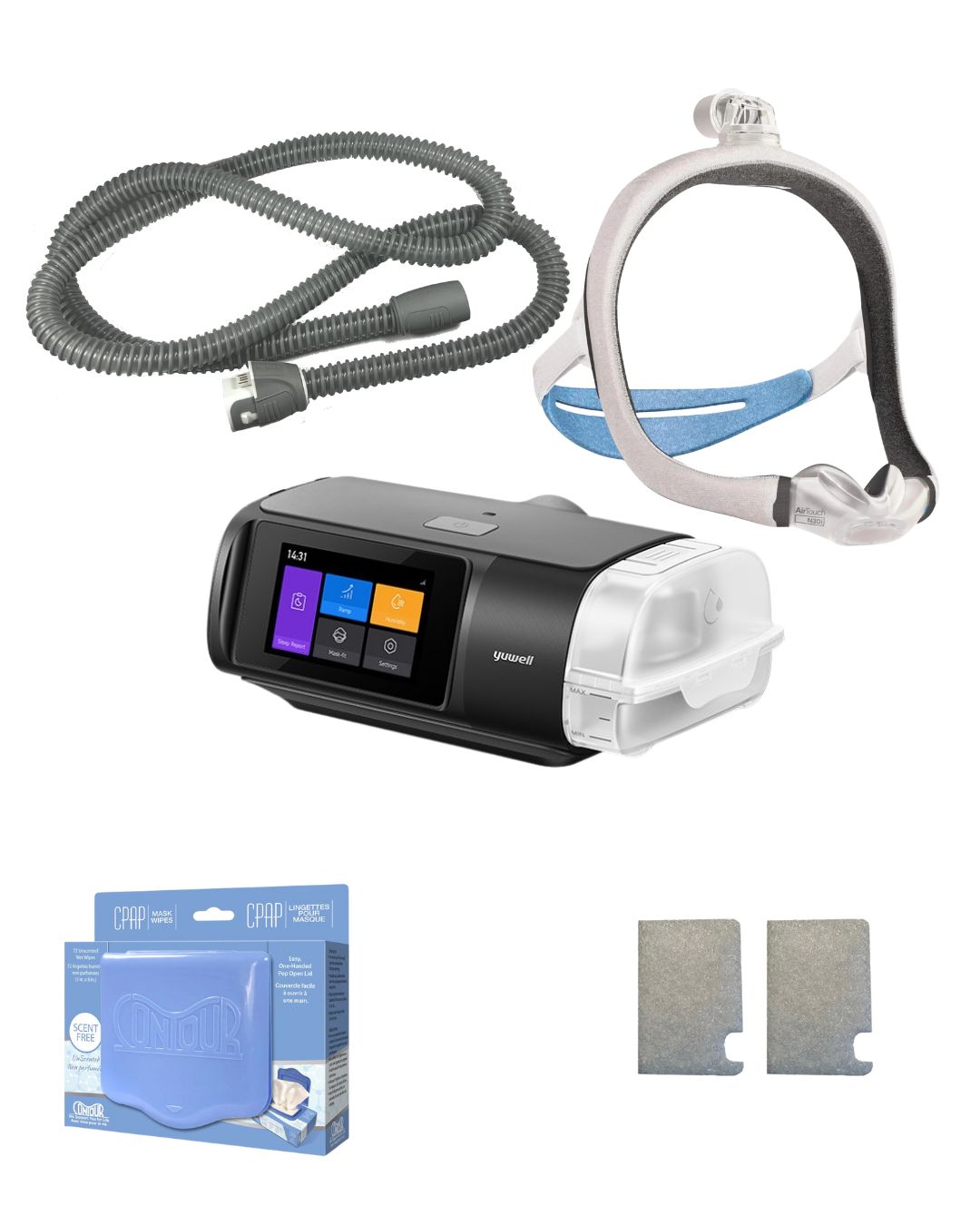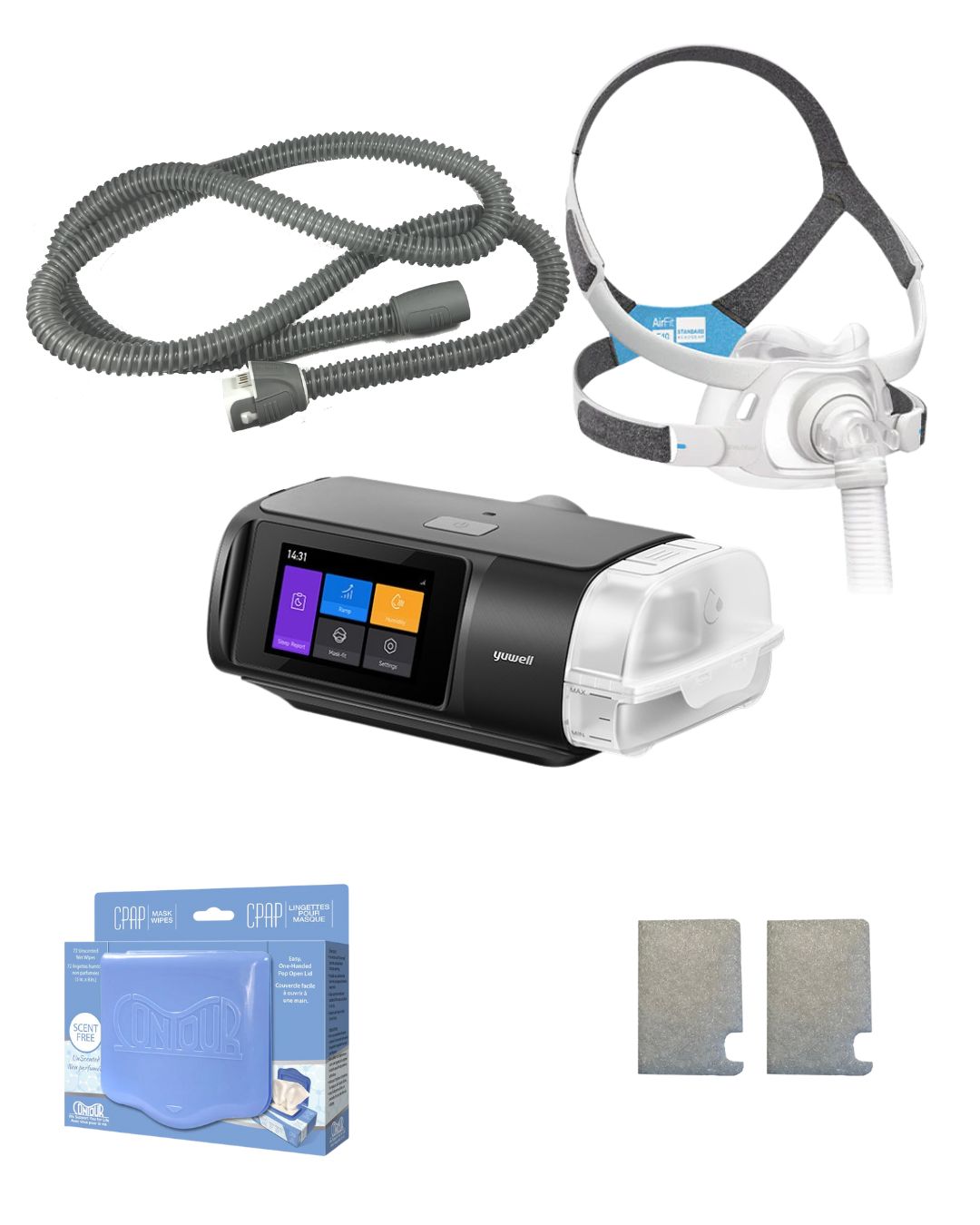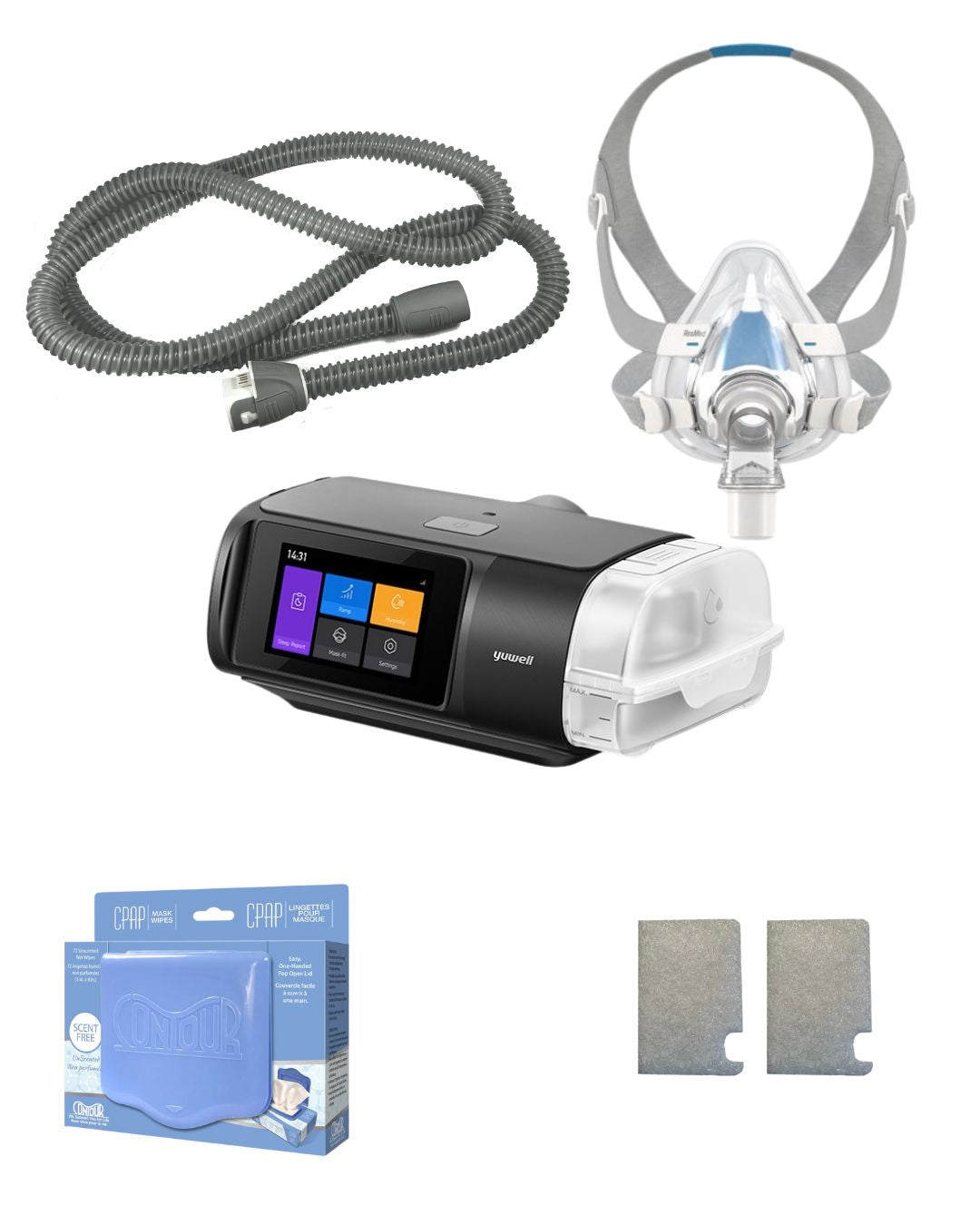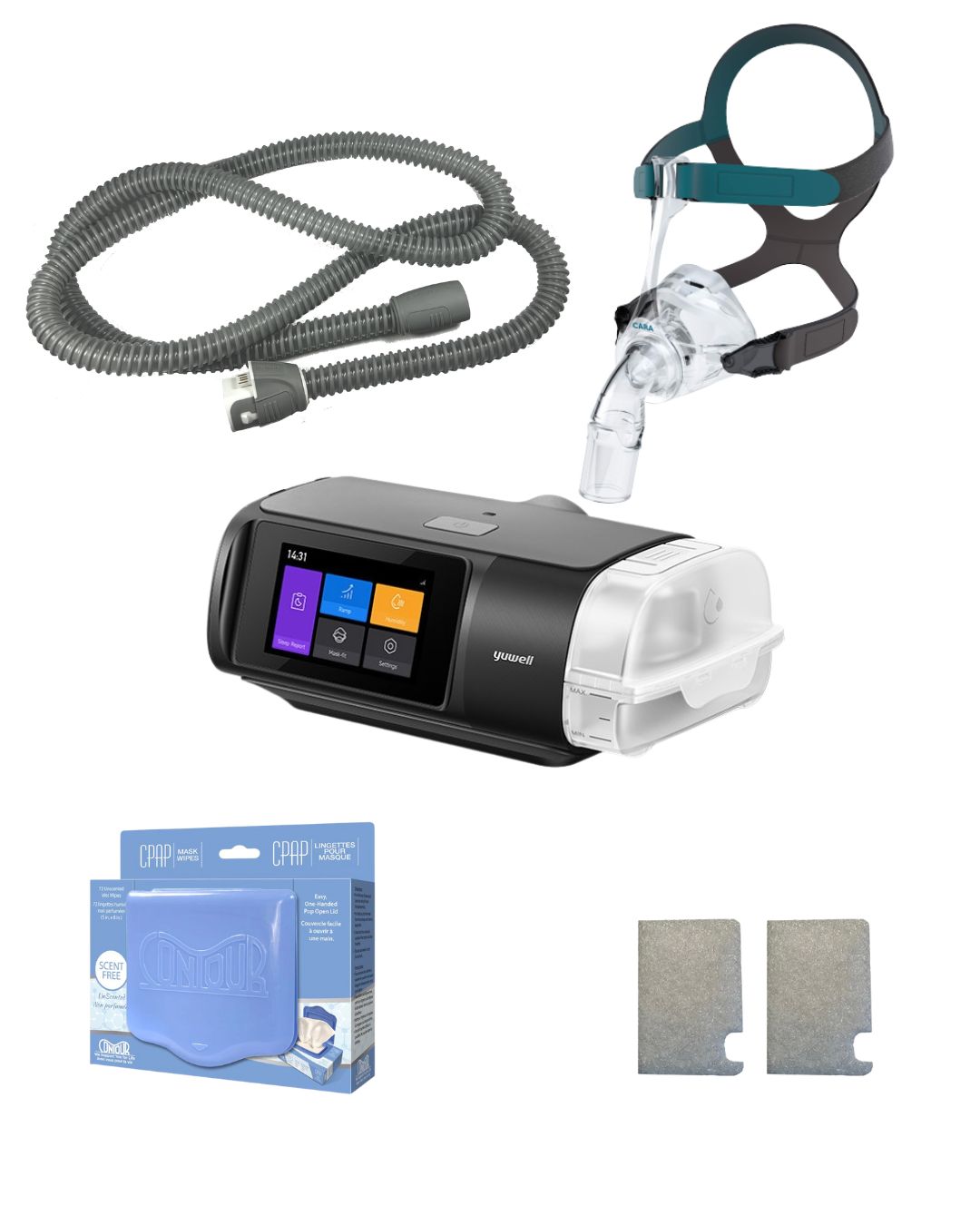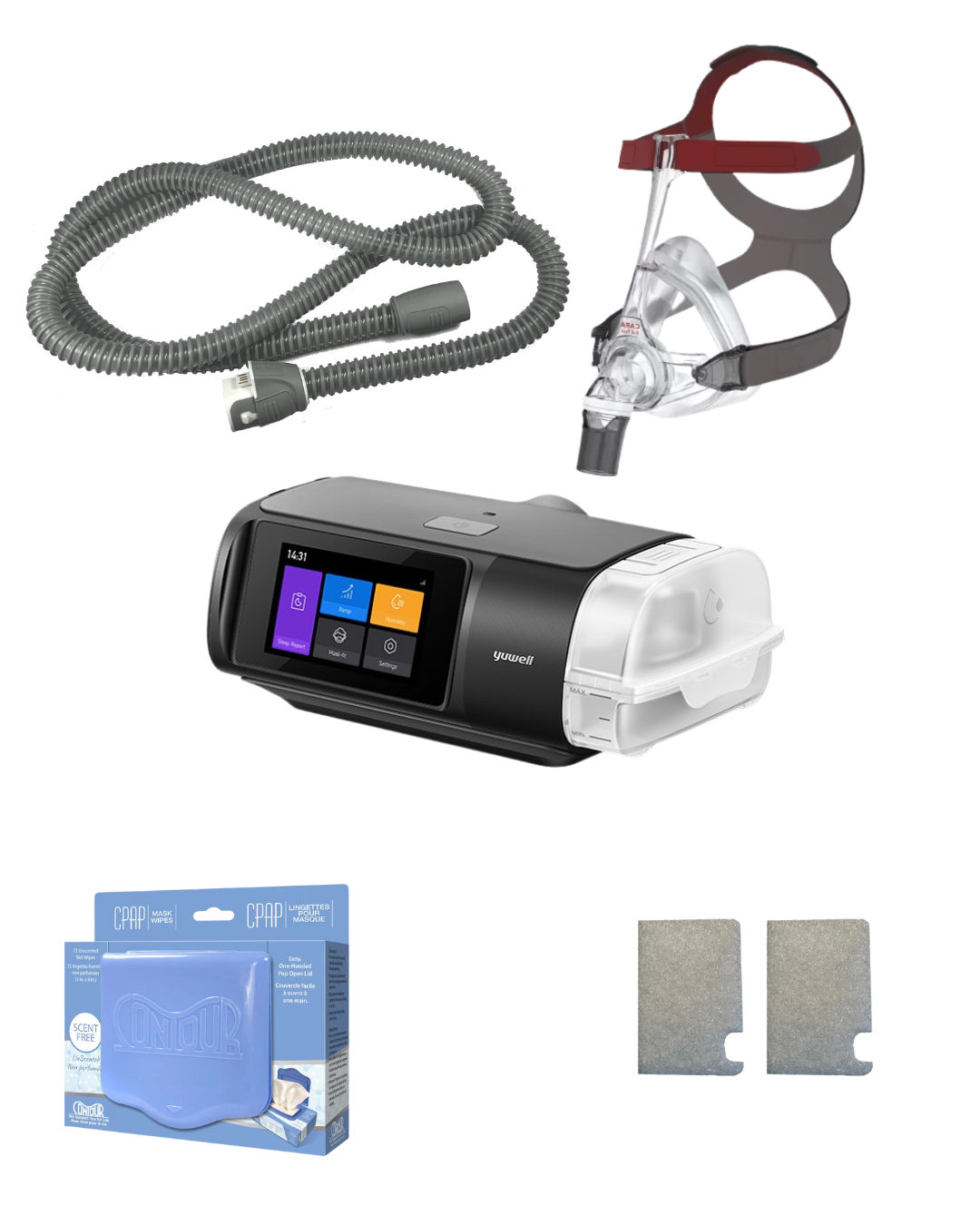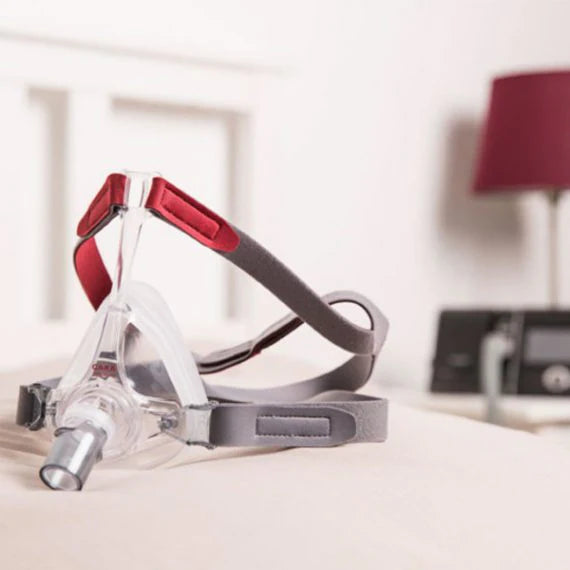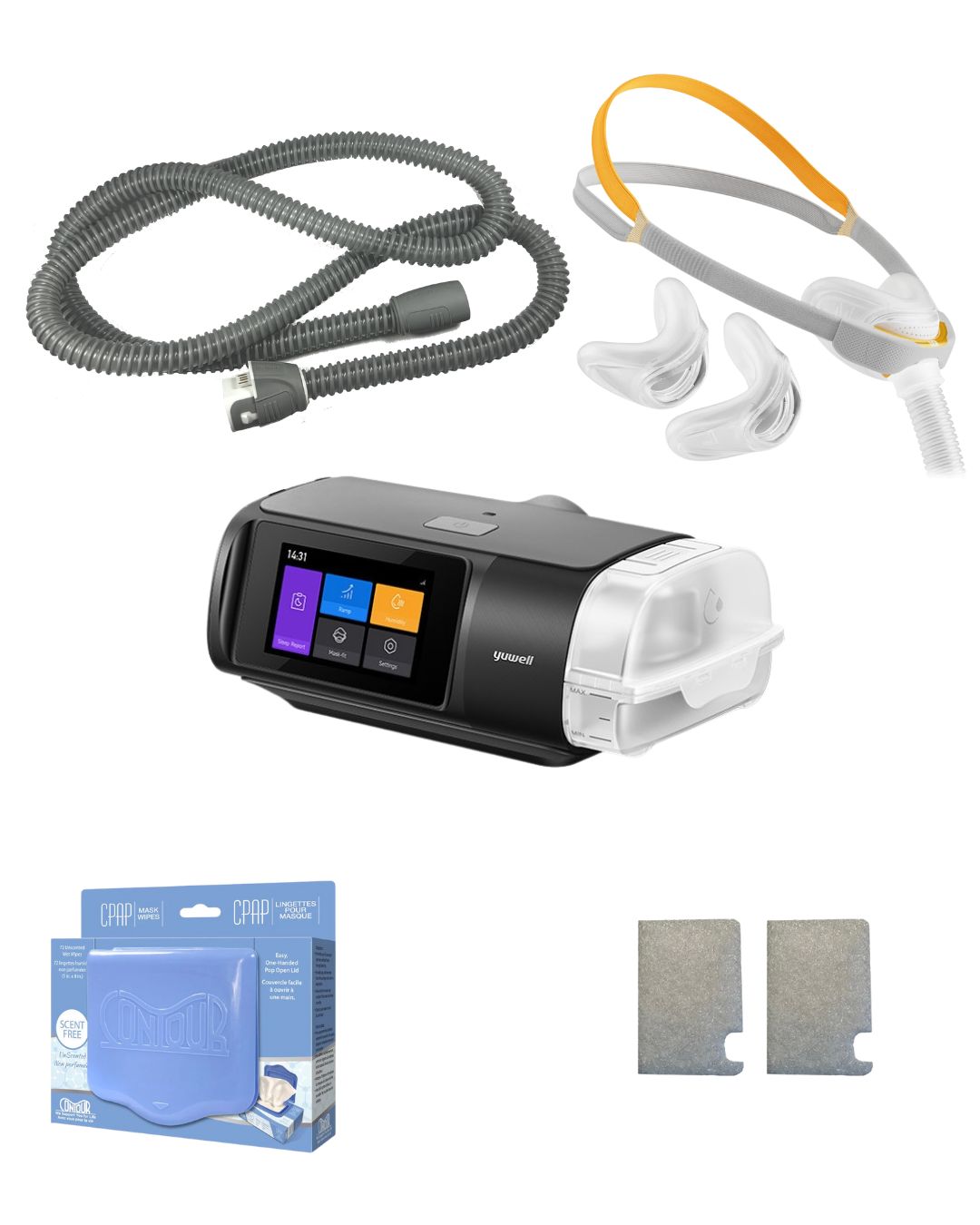Why Cleaning the Water Chamber Really Matters
Do you have to clean your CPAP chamber? Technically no.
Should you? Absolutely.
The reason: warm, moist environments are breeding grounds for bacteria and fungus. You may not see it, but growth can begin within days.
Even if you use distilled water (which prevents mineral buildup and keeps your chamber looking clear), bacteria still enter from your own breathing. Cleaning prevents those hidden colonies from forming.
Pro tip: Empty your chamber daily, wipe it down, and give it a weekly wash with warm soapy water.
A word of caution: Be careful with what you read in Facebook groups or online forums. We often see patients come in with equipment that they thought was “cleaned regularly,” but it tells a very different story:
- Yellow-tinged silicone masks
- Calcified humidifier chambers with flakes floating in the water
- Visibly soiled seals that make you wonder how the user has avoided chronic coughs, sinus infections, or even pneumonia
- Red skin blemishes and irritation where a dirty or oily mask cushion sits on the face
Neglected cleaning can lead to chronic irritation, recurrent sinusitis, skin rashes, and upper-airway infections. Maybe some patients do suffer from these symptoms without realizing their dirty equipment is the culprit.
Our point is simple: follow the recommended cleaning guidelines for best outcomes. It’s not just about appearance—it’s about your skin health, preventing infection, and keeping therapy safe. For Quick Daily wipe-downs consider the Contour CPAP Mask Wipes on sale!








